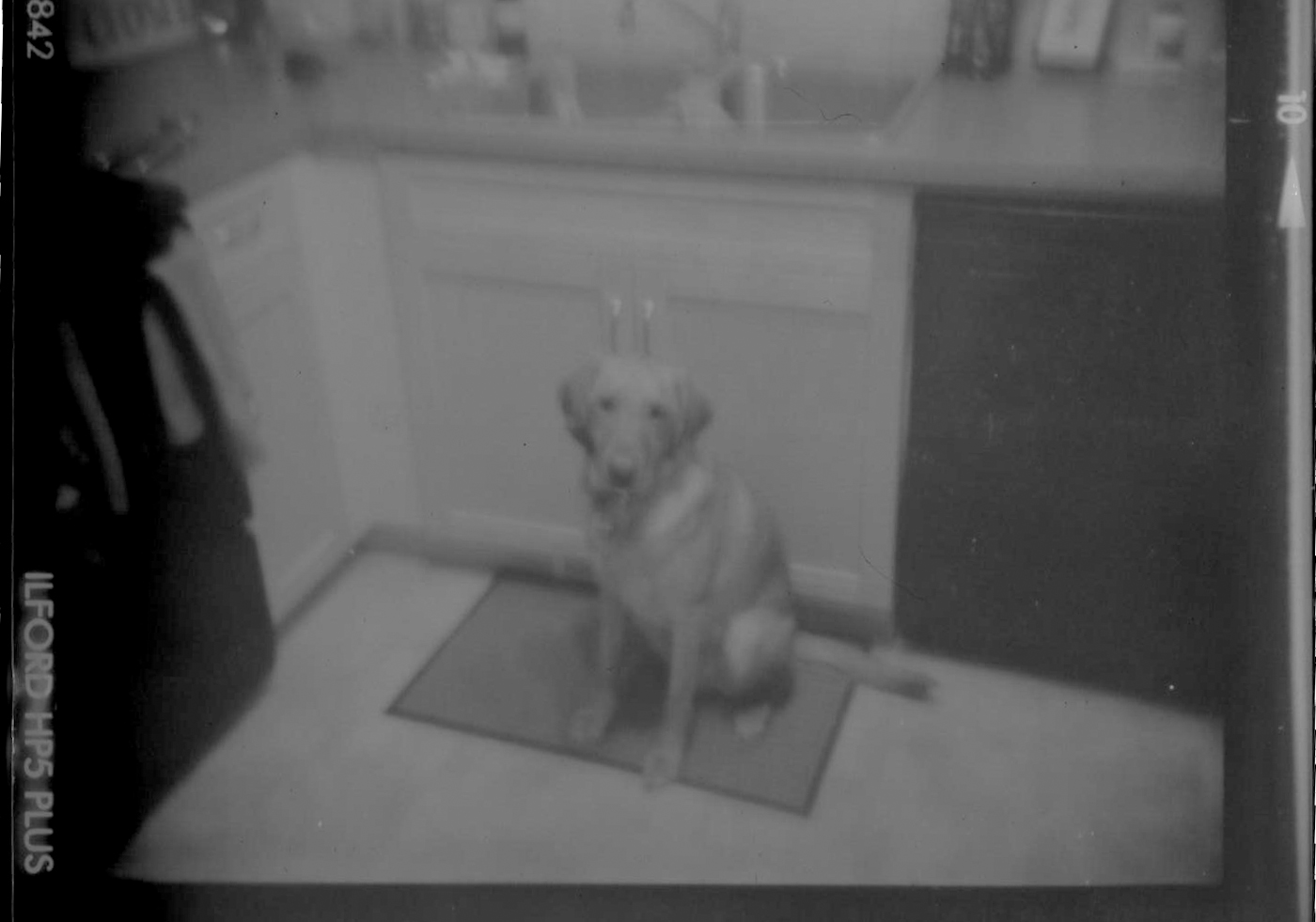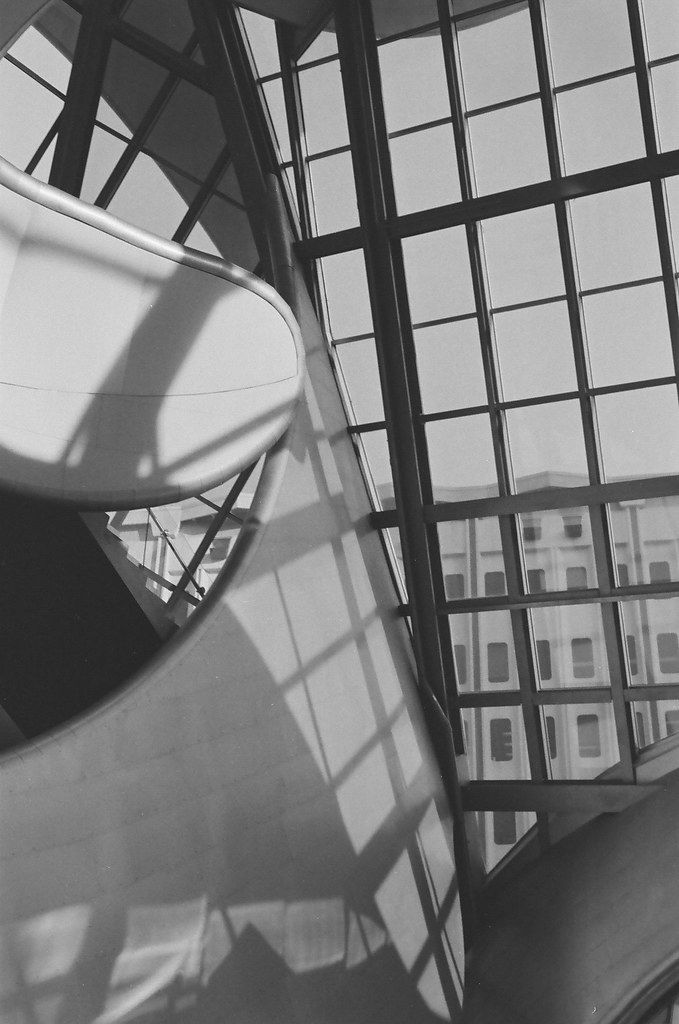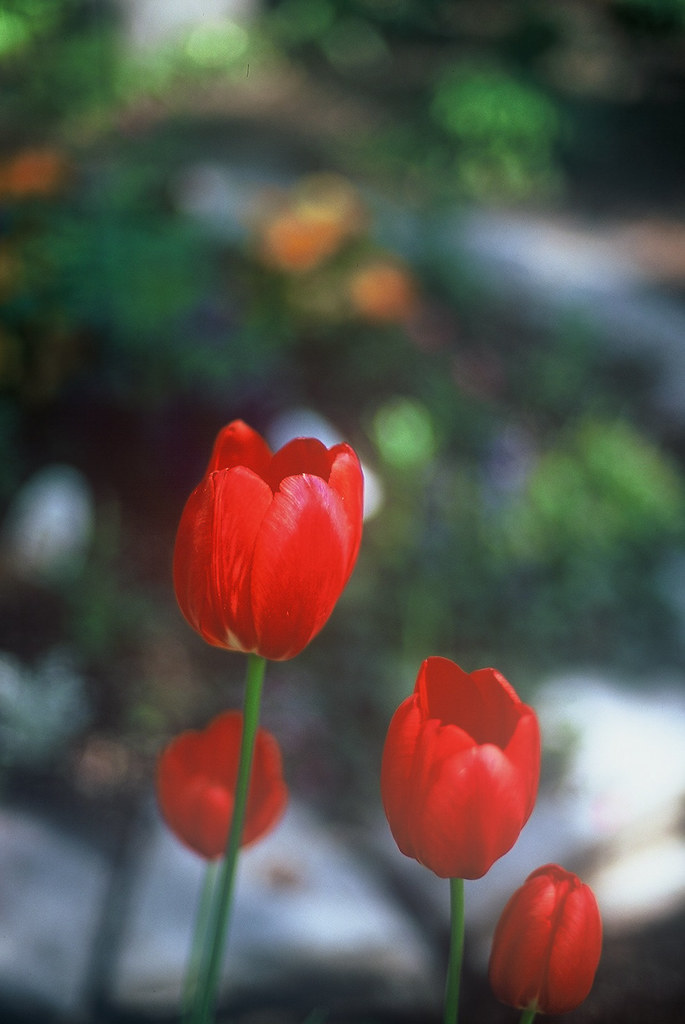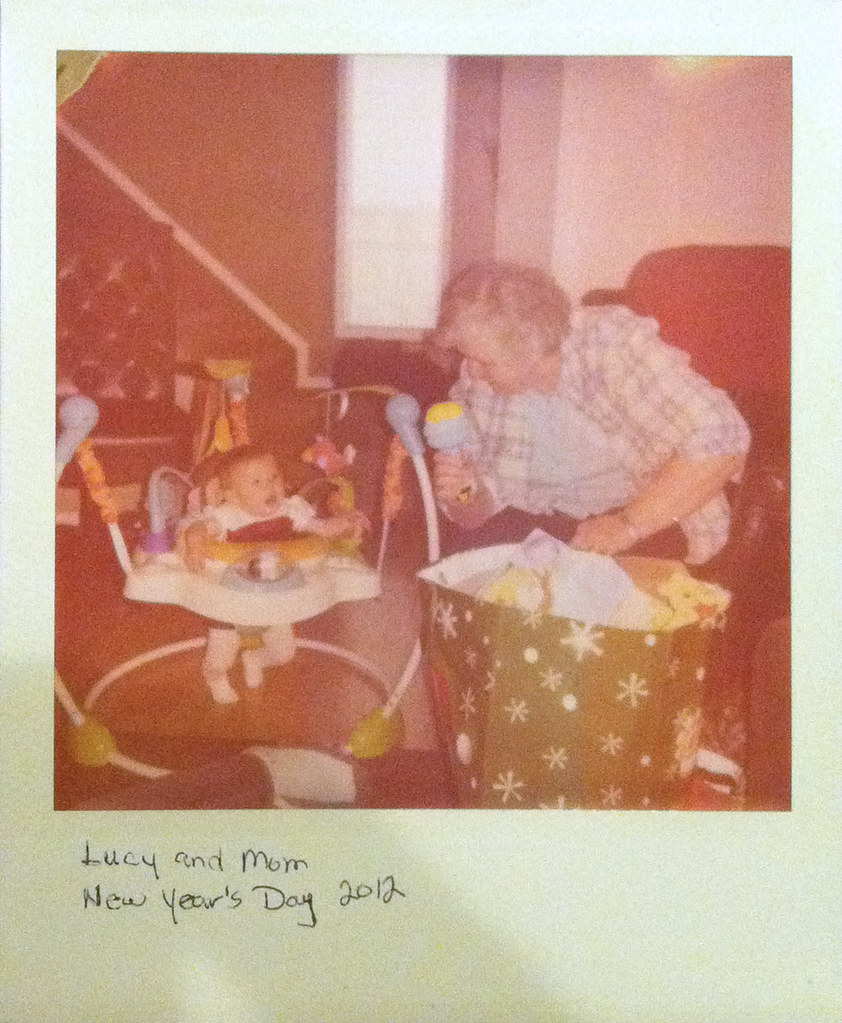Learn what you like
This one is huge and its so very very easy to do. Just look at pictures. Everywhere. I mean literally - everywhere. You can go to photo websites like Flickr or 500px. You can look at magazines. You don't even need an actual image. You can look at what is right in front of you and analyze what you would do if you were to shoot the scene. The moment I started looking at the everyday world around me as a picture I could take was the moment I went from being a guy who took pictures to a photographer.
When I say learn what you like do more than look at a picture and say "cool" or "nice". Identify exactly what it is that you like. Is it the colors that drew you in? Do you like the soft bokeh in the background? That great composition may have drawn you into the frame. When you see something you don't like, how would you prefer it to be? (I never like to say I don't like something in a shot because we don't know if changing or removing something was an option for the photographer. You can safely say you would prefer it to be different though.).
Once you start learning what you like you can apply it to your own photography like a chef adds ingredients to a dish - A little dab of this. A sprinkle of that.
Do it differently
This one is easy in theory but hard to do in practice. There are certain shots that everyone takes. For example there is the "Ma and Pa" portrait technique where you put the subject smack dab in the middle of the frame. If you do the same thing but slide the subject to one side? Its suddenly a nice shot and that's just one simple thing you can do. Then get higher. Or lower. What the heck...crank that camera at a 45 degree angle. You haven't even moved your feet yet. Get in closer. Or further away. Why even aim the camera at the subject? You can see it in that reflection over there. The person you are photographing is just standing there? Get them to do something.The hard part is trying to break through the preconceived notion of how something "should be" shot and trying to invent a way it "could be" shot.



